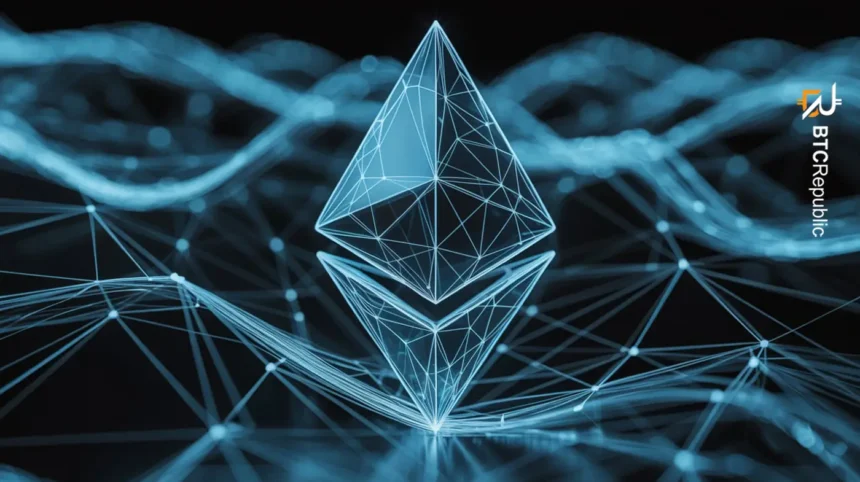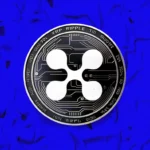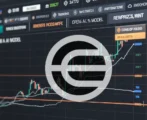Ethereum is the second-biggest cryptocurrency by market cap after Bitcoin. It is an open-source, decentralized blockchain platform that enables the creation of smart contracts and decentralized applications (DApps).
Unlike its predecessor, Bitcoin (BTC), which was primarily designed as a peer-to-peer electronic cash system, Ethereum was built with a broader vision: to be a “world computer” capable of running any decentralized application.
Many newcomers to cryptocurrency often confuse Ethereum with its native currency, Ether (ETH), not realizing that the network encompasses much more than a digital coin.
- What is Ethereum?
- History of Ethereum
- The Basics of How Ethereum Works
- Key Components of Ethereum
- The Ethereum Ecosystem
- Ethereum’s Scalability and Its Future
- Use Cases of Ethereum
- How to Buy Ether (ETH)
- Is Ether a Good Investment?
- Frequently Asked Questions (FAQ)
- What is the difference between Ethereum and Ether (ETH)?
- What is “Gas” and why do I have to pay it?
- What is the Ethereum Virtual Machine (EVM)?
- How is Ethereum scaling to handle more users?
- What is “Staking” on Ethereum?
- Is Ethereum deflationary?
- In Summary
Hence, BTCRepublic publishes this guide to explain what Ethereum is, how it works, why it matters, and everything that sets it apart from Bitcoin.
What is Ethereum?
Ethereum is a decentralized, open-source software platform built on blockchain technology that allows for the creation of decentralized applications (dApps) and smart contracts. The platform is powered by its native cryptocurrency, Ether (ETH).
Ether is used to pay for transaction fees (known as gas) and to secure the network through a process called staking. More will be said about Ether later in the article.
History of Ethereum

Here is a brief but explanatory history of Ethereum:
| Year | Milestones | Description |
| 2013 | Whitepaper Proposal | Programmer Vitalik Buterin publishes the Ethereum whitepaper, envisioning a generalized blockchain platform with a Turing-complete scripting language (the Ethereum Virtual Machine or EVM). |
| 2014 | Crowdsale & Foundation | Ethereum’s development is crowdfunded through an Initial Coin Offering (ICO). The Ethereum Foundation is formed to oversee its development. Key co-founders included Buterin, Gavin Wood, Charles Hoskinson, Anthony Di Iorio, and Joseph Lubin. |
| 2015 | Launch (Frontier) | The Ethereum mainnet officially launches on July 30, 2015 with the “Frontier” network. |
| 2016 | The DAO Hack & Hard Fork | A major vulnerability in “The DAO,” a decentralized autonomous organization built on Ethereum, led to the theft of millions of Ether. The community voted to execute a hard fork (a split in the blockchain) to reverse the hack, creating the current Ethereum chain and leaving the original, un-forked chain known as Ethereum Classic (ETC). |
| 2020 | Beacon Chain Launch | The Beacon Chain went live, marking the start of the “Eth2” or “Serenity” upgrades. This chain introduced the Proof-of-Stake consensus mechanism in parallel to the main Proof-of-Work chain. |
| 2021 | London Upgrade (EIP-1559) | This upgrade implemented a change to the transaction fee market, introducing a base fee that is burned (destroyed) rather than going entirely to miners, making ETH potentially deflationary depending on network activity. |
| 2022 | The Merge | On September 15, 2022, the original Proof-of-Work (PoW) execution layer merged with the Proof-of-Stake (PoS) Beacon Chain. This transition, known as “The Merge,” dramatically reduced Ethereum’s energy consumption (by over 99.9%) and fully transitioned the network to Proof-of-Stake for security and consensus. |
| Post-Merge | Upgrades | Subsequent upgrades like Shanghai/Capella (April 2023) enabled stakers to withdraw their locked ETH, and Dencun (March 2024) introduced “blobs” for cheaper Layer 2 transactions. |
Ethereum was not created primarily to be a digital currency like Bitcoin. Instead, it is a global decentralized computing platform that enables developers to build a wide range of applications.
These applications go beyond payments to include decentralized finance (DeFi), gaming, and NFTs. These DApps extend the openness and security of the Ethereum blockchain to a wide range of applications.
Currently, almost everything, ranging from financial tools, apps, and games to complex databases, are running on the Ethereum blockchain.
Ethereum’s future potential can only be limited by developers’ imaginations. As the Ethereum Foundation stated: “Ethereum can be used to codify, decentralize, secure, and trade just about anything.”
In brief
- Like Bitcoin, Ethereum is open-source and not operated or owned by a single individual. Anyone with an internet connection can interact with the Ethereum network or run an Ethereum node.
- Ethereum is a decentralized platform. This means all financial transactions can be conducted entirely on the network without needing a bank or any other institution as a middleman.
- The Ethereum network enables developers to build and run a wide range of decentralized apps – complex DeFi tools, advanced databases, and games. That means all financial transactions can be carried out completely on the network without requiring a bank or any other institution as a middleman.
- Currently, Ethereum’s native token, Ether (ETH), has become a popular investment tool and store of wealth. Like Bitcoin, Ether can also be used to send or receive value without an intermediary.
- Other popular Ethereum-based innovations include stablecoins and NFTs.
The Basics of How Ethereum Works
Now that you have a basic understanding of what Ethereum is, let us take a step forward into how it works. Ethereum works based on the following components:
Blockchain: Ethereum runs on a public blockchain. Blockchain is a distributed digital ledger maintained by a global network of computers called “nodes.”
Every Ethereum transaction is recorded in a “block” that is cryptographically linked to the previous one, creating a permanent, transparent, and unchangeable chain of data. To learn more about Blockchain technology, read our guide.
Ether (ETH): Ether is the Ethereum network’s native cryptocurrency. It is used to power the blockchain, enabling transactions and smart contracts.
Ether also acts as the “fuel” (often called “gas”) for all operations and transactions on the Ethereum blockchain. You need Ether to pay for computational services and transaction fees on the Ethereum network.
Proof-of-Stake (PoS): In 2022, Ethereum transitioned its consensus mechanism from the energy-intensive Proof-of-Work (PoW) to Proof-of-Stake (PoS) in an update known as “The Merge.”
Under PoS, network validators are chosen to create new blocks based on how much ETH they have “staked” (locked up as collateral), making the network significantly more energy-efficient.
To learn more about how Ethereum works, check out the link.
Key Components of Ethereum
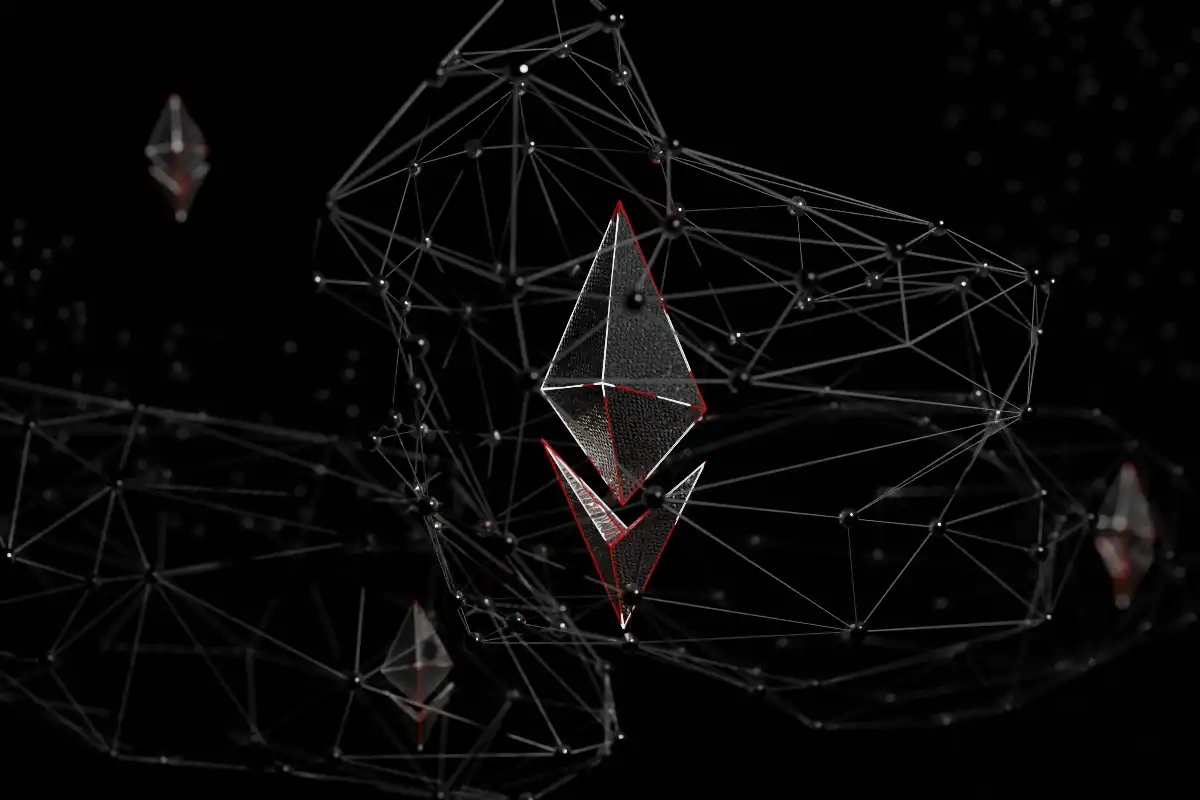
Here are some important components of the Ethereum network:
- Smart Contracts: These are self-executing contracts with the terms of the agreement directly written into code. They automatically execute actions when pre-determined conditions are met, eliminating the need for intermediaries and creating a wide range of applications.
- Scalability and Evolution: Since its launch in 2015, Ethereum has evolved with updates like the transition to a proof-of-stake consensus mechanism to improve its speed, security, and energy efficiency.
- Ethereum Virtual Machine (EVM): The runtime environment for smart contracts. It’s a decentralized world computer that executes code exactly as programmed.
- Network Participants: Participants who help secure the network by validating transactions and creating new blocks are rewarded with ether.
The Ethereum Ecosystem
- Decentralized Finance (DeFi): The DeFi movement seeks to replicate traditional financial (TradFi) functions like borrowing, lending, and trading using smart contracts, all without relying on a central authority.
- Decentralized Applications (DApps): Developers can build DApps on Ethereum without a central server or authority.
These DApps can cover areas like decentralized finance (DeFi), which includes borrowing and lending platforms, exchanges, and marketplaces for digital assets like NFTs.
Currently, the Ethereum ecosystem has thousands of DApps for various uses, including finance, gaming, and social media.
- Non-Fungible Tokens (NFTs): Ethereum is the most popular network for NFTs, which are unique digital assets used to represent ownership of items like art or music. The Ethereum-based ERC-721 and ERC-1155 token standards are foundational to the multi-billion-dollar digital collectibles market.
- Web3 and DAOs: Ethereum is a critical component of Web3, the vision for a new, more decentralized internet. It also facilitates the creation of Decentralized Autonomous Organizations (DAOs), where members use smart contracts to vote on decisions.
Ethereum’s Scalability and Its Future
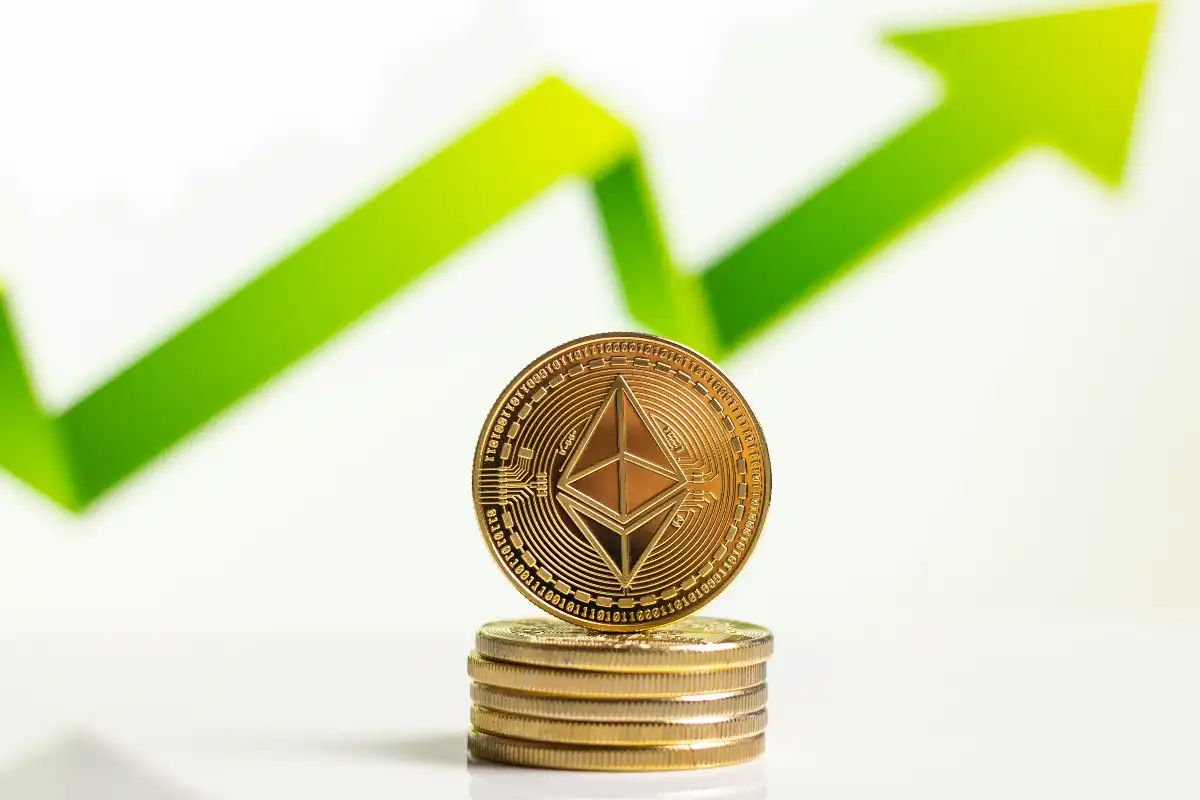
Ethereum’s rapid growth led to network congestion and high transaction fees (gas fees). To address this, the community has developed several scaling solutions and upgrades, which include:
Layer-2 solutions: Layer-2 (L2) are separate blockchains that operate on top of Ethereum (Layer-1) to process transactions off-chain.
This increases speed and reduces costs while still inheriting the security of the main Ethereum network. Examples include rollups like Arbitrum, Soneium, and Optimism.
Future upgrades: The Ethereum roadmap includes plans for upgrades like “the Surge,” “the Verge,” and “the Purge.” These updates aim to further increase network capacity, enhance efficiency, and reduce resource requirements for running a node.
Use Cases of Ethereum
Decentralized Applications: Ethereum’s flexibility and smart contract functionality have made it the dominant platform for a wide range of decentralized applications:
- Decentralized Finance (DeFi): This is the biggest use case, aiming to recreate traditional financial services in a decentralized, permissionless, and transparent manner.
- Decentralized Exchanges (DEXs): Platforms like Uniswap and SushiSwap allow users to trade tokens without a centralized intermediary.
- Lending and Borrowing: Protocols like Aave and Compound allow users to lend their crypto assets to earn interest or borrow assets by providing collateral.
- Stablecoins: Tokens pegged to a stable asset (like the US Dollar), such as Dai or USDC, are primarily issued on Ethereum.
- Non-Fungible Tokens (NFTs): Unique, indivisible digital assets (primarily using the ERC-721 and ERC-1155 token standards) used to represent ownership of digital art, collectibles, virtual real estate, and in-game items.
- Decentralized Autonomous Organizations (DAOs): Organizations governed by code, where decisions are made by token holders voting on proposals, rather than by a centralized authority.
- Gaming (GameFi): Integrating crypto and NFTs into video games, allowing players to own in-game assets and earn real-world value.
- Identity and Digital Ownership: Projects like the Ethereum Name Service (ENS) allow users to register human-readable names (e.g., myname.eth) for their wallet addresses and digital identities.
- Supply Chain Management & Traceability: Using the blockchain to create transparent, immutable records of a product’s journey from origin to consumer.
How to Buy Ether (ETH)
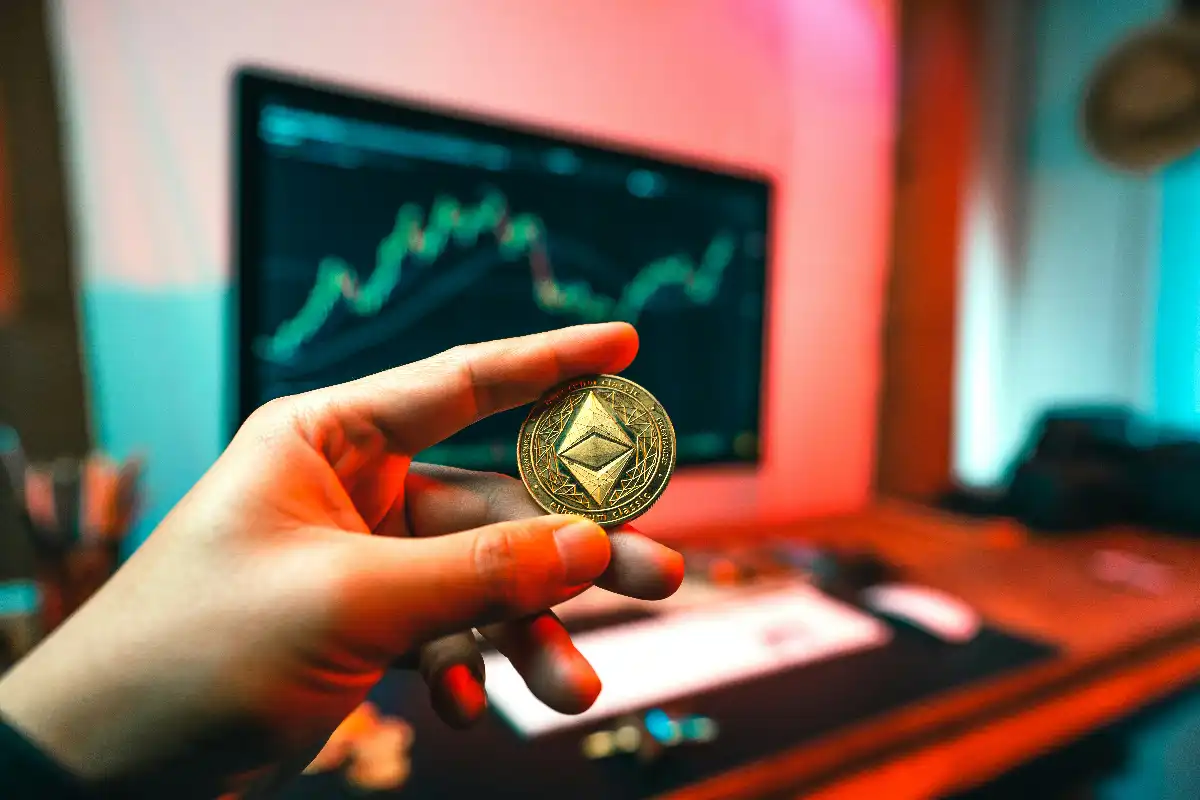
It is relatively easy to perform the simple transaction of buying Ether (ETH) on a reputable platform.
You can buy ETH on centralized crypto exchanges like Coinbase and Binance, or on decentralized exchanges (DEXs). To get started, you will need to create and verify an account, fund it, and then place an order for Ether.
To learn more about how to buy Ether now.
Is Ether a Good Investment?
As a leading crypto asset, Ether offers high growth potential but is also subject to market volatility and competition.
Its value is driven by network activity, technological developments, and adoption within the DeFi and Web3 spaces. It is important to consider the risks and stay informed about network updates and market conditions.
Frequently Asked Questions (FAQ)
What is the difference between Ethereum and Ether (ETH)?
Ethereum is the platform/blockchain network itself – the decentralized world computer that runs smart contracts. Ether (ETH) is the native cryptocurrency used to pay for transactions, reward stakers, and serves as the base money layer of the ecosystem.
What is “Gas” and why do I have to pay it?
Gas is the fee required to conduct a transaction or execute a smart contract on the Ethereum network. It is paid in ETH to compensate the network validators for the computational resources and electricity required to process and secure the transaction. The price of gas fluctuates based on network demand.
What is the Ethereum Virtual Machine (EVM)?
The EVM is the software environment that executes smart contracts on the Ethereum blockchain. It ensures that transactions and contract executions are deterministic (the same inputs always produce the same outputs) and secure across all network participants.
How is Ethereum scaling to handle more users?
Ethereum’s main strategy is to use Layer 2 (L2) scaling solutions like rollups (e.g., Arbitrum, Optimism, zkSync) to handle scaling. Leveraging L2 significantly lowers fees and increases transaction speed, while still inheriting Ethereum’s high security.
What is “Staking” on Ethereum?
Staking is the process of locking up ETH to act as a validator for the network. Validators are responsible for proposing and attesting to new blocks of transactions.
Is Ethereum deflationary?
Since the London upgrade (EIP-1559), a portion of the transaction fee (base fee) is permanently burned (destroyed). If the amount of ETH burned exceeds the amount of new ETH issued as staking rewards, the total supply of ETH will decrease, making it deflationary. This is a dynamic process dependent on network activity.
In Summary
Ethereum is a decentralized blockchain network as well as a development platform. It allows developers to build and deploy decentralized applications and smart contracts.
Ethereum utilizes its native token, Ether (ETH), for transactions and incentivizes network participants through proof-of-stake (PoS) validation.
While Ethereum appears to have a significant, upcoming role in personal and corporate finance, its future role remains vague..
If you’re ready to dive deeper, explore our guide on “What is Ethereum 2.0” or learn about the 10 ways Ethereum has changed cryptocurrency over the past decade.


